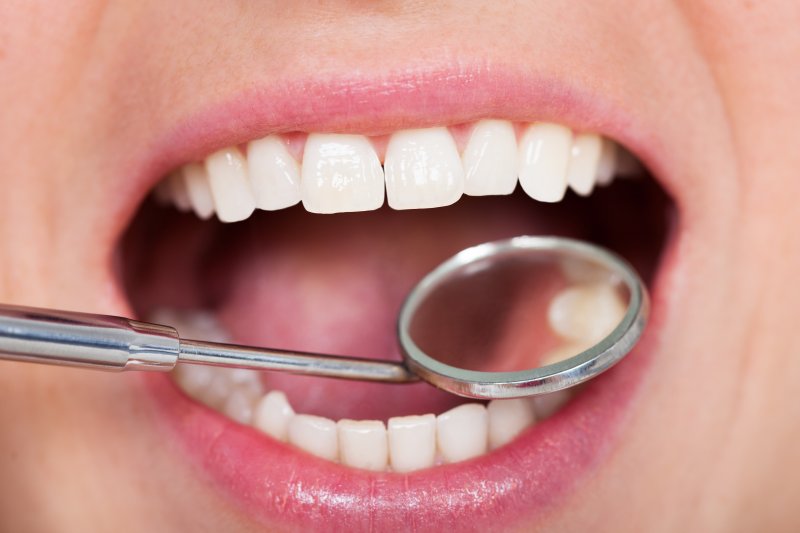Did you know that overindulging in sugary treats isn’t the only reason you could develop cavities? Your teeth can begin to decay due to poor oral hygiene and even a lack of fluoride. The good news is that your dentist can successfully address this issue with dental fillings, which are designed to restore lost tooth structure. Although they are effective and durable, you’ll eventually need to replace them. Keep reading to learn what the lifetime of dental fillings is and ways you can preserve them.
So, How Long Do Dental Fillings Last?
A dental filling will typically be made out of several types of materials, which will end up determining how long the restoration will last. While your results won’t be permanent, certain kinds of fillings will be stronger than others. For example, amalgam and gold materials can potentially last around 20 years whereas composite and porcelain restorations will have a shorter life. However, most patients prefer the latter type of fillings since they match perfectly with the rest of their smiles. Other than the material, the longevity of this treatment will also be influenced by oral hygiene, diet, and lifestyle.
When Would I Need to Replace My Filling?
Although dental fillings are durable, they can still become worn down or damaged over years of use, meaning they won’t protect the underlying teeth from decay as effectively. Daily oral habits such as chewing or grinding can eventually wear the surface down, forming tiny pockets where debris, food particles, and bacteria can accumulate.
That’s why you’ll want to visit your dentist every six months, as they’ll be able to monitor your oral health and your filling(s), and provide a deep cleaning for your smile. They can also repair any damage to your restoration to help stop bacteria from leading to other complications. If you do notice soreness, aching, or sensitivity in your filling, you should get it replaced as soon as possible.
How Do I Prolong My Fillings’ Lifespan?
To make the most of your restoration, you’ll want to ensure that your oral health remains in pristine condition. Here are a few ways to do this:
- Keep good oral hygiene – Brush, floss, and rinse with antiseptic mouthwash every day to keep your smile clean of cavity-causing bacteria.
- Avoid bad oral habits – Refrain from clenching and grinding your teeth, as this can damage your filling over time. If this is an issue, your dentist may offer custom mouthguards to protect your results.
- Visit your dentist routinely – By scheduling biannual checkups and cleanings, your dentist can help maintain your filling(s) and stop problems from developing ahead of time.
Even though dental fillings aren’t considered a permanent solution, you can expect to have them for many years before needing to replace them. Keep these tips in mind and you’ll be sure to enjoy a more comfortable smile in the long run!
About the Author
Dr. Eric Buck has been providing high-quality dental care for many years. A graduate of The Ohio State University College of Dentistry, he regularly seeks continuing education and is a member of several professional organizations such as the American Dental Association and Columbus Dental Society. He offers a long list of dental services, including tooth-colored fillings. If you’d like to schedule a consultation, visit his website or call him at 614-792-1800.

